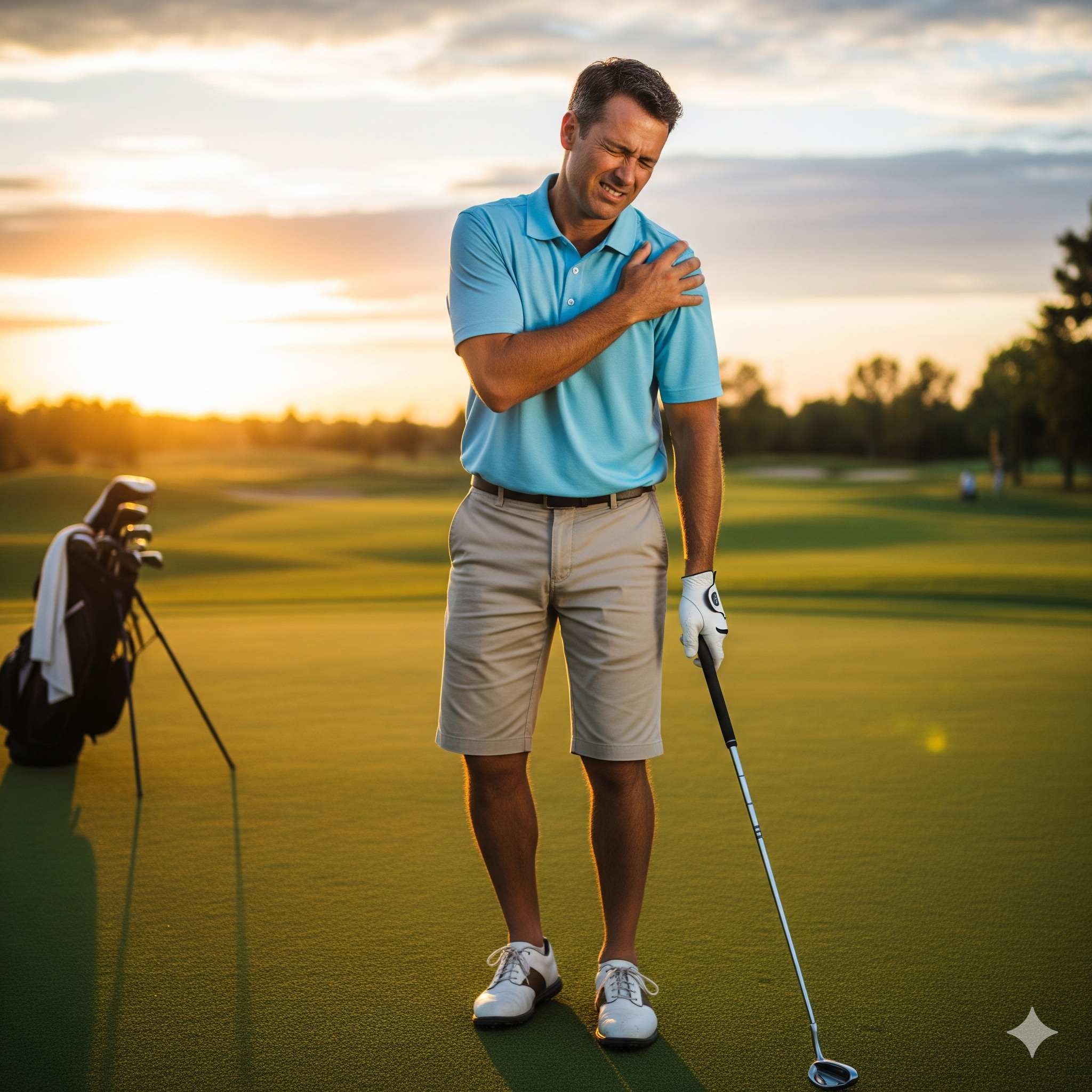You just finished a beautiful round at Heritage Park or Lady Sykes, but as you lift your golf bag out of the car, you feel that familiar, sharp pain in the front of your shoulder. It’s a frustrating ache that’s been turning your post-game satisfaction into worried disappointment. You’ve tried resting it, you’ve iced it, but the moment you get back to the driving range, the pain returns, especially on that powerful follow-through.
If this sounds familiar, you’re not alone. Many avid golfers in the Olathe area face this exact problem. They worry it will shorten their season or, worse, force them to give up the game they love. The good news is that this pain is rarely something you just have to live with. Often, the culprit is a condition called biceps tendinopathy—a condition many frustrated players refer to as “golfer’s shoulder.” This article will explain why your shoulder is hurting and show you a clear path back to playing 18 holes, pain-free.
What is Biceps Tendinopathy?
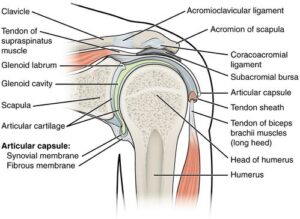
When golfers talk about that nagging pain in the front of their shoulder, they’re often describing biceps tendinopathy. To understand it, let’s quickly look at the anatomy. The long tendon of your biceps muscle runs up your arm, through a groove in your upper arm bone, and attaches deep inside your shoulder joint. It plays a role in bending your elbow, turning your palm up, and providing some stability to the shoulder.
Tendinopathy occurs when this tendon becomes irritated and overworked. Think of it like a rope that’s being rubbed over a sharp edge again and again. Initially, the tendon sheath might get inflamed (a condition called tenosynovitis), causing the tendon to swell. Over time, if the stress continues, the tendon itself can undergo degenerative changes—it can thicken, fray, and develop scar tissue. This process is more accurately called “tendinosis,” and it’s this irritation and degeneration that causes the sharp, localized pain you feel.
The Golf Swing Connection: How Your Mechanics Cause Shoulder Pain
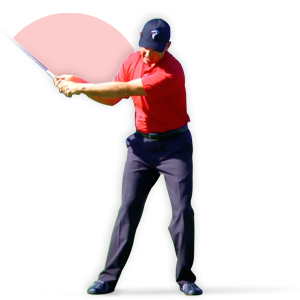
So, why is this happening to you, a golfer? The answer lies in the incredible forces generated during your swing. While many people think of golf as a low-impact sport, the shoulder of your lead arm (the left shoulder for a right-handed golfer) undergoes immense stress, particularly during the deceleration and follow-through phase.
After you make contact with the ball, your arm is moving at an incredible speed. To slow it down safely, your biceps muscle must perform a powerful eccentric contraction—essentially, it acts as the brakes for your forearm. This action transfers a massive amount of force directly to that long biceps tendon in your shoulder.
Furthermore, during the follow-through, your lead shoulder is placed in a position of marked abduction and external rotation (lifted high and rotated outward). This position generates increased force on the front of the shoulder capsule, further stressing the biceps tendon. For some, the pain might even start at the very top of the backswing when the lead arm is stretched across the body.
Common swing faults can make this problem even worse. Things like “casting” the club from the top or having poor core rotation forces you to rely too much on your arms and shoulders for power, placing an even greater load on that already hard-working biceps tendon. It’s no wonder that shoulder injuries account for a significant 12% of all golfing injuries among both amateur and professional players.
Why One-on-One Physical Therapy is Your Best Shot at Relief
Relying on rest and ice alone is like hitting the pause button on your pain. It might feel better for a day or two, but because you haven’t addressed the root cause—the mechanical stress from your swing—the pain comes right back. A proactive, expert-led approach is the only way to find a long-term solution.
At Active Life Physical Therapy, we provide individualized, one-on-one care because we know that shoulder pain in golfers is a complex issue. In fact, research shows that in cases of rotator cuff tears, a staggering 90% of patients also have accompanying biceps tendinopathy. This highlights how interconnected the shoulder structures are and why a generic, one-size-fits-all approach just doesn’t work.
This is a story we see often in our Olathe clinic. A recent patient, a golfer in his 50s, came to us with that all-too-familiar front shoulder pain consistent with biceps tendonitis. He’d been caught in a frustrating cycle for nearly two years: rest until the pain fades, play a few rounds, and then the pain would inevitably return. His problem wasn’t just in the shoulder. When we performed a full assessment, we found the root cause was a chain reaction of issues: poor scapular strength and stability, low rotator cuff endurance, and, critically, decreased thoracic and hip rotation.
By creating a plan that addressed this entire chain—focusing not only on the shoulder but also on the spine and hips—we were able to restore his body’s ability to generate power from the ground up, instead of over-relying on his arm. The result? He’s now playing four days a week without pain and even reports that he’s getting more distance on his drives. This success is a perfect example of why our comprehensive approach works.
The Process:
- Comprehensive Swing and Movement Analysis: We don’t just look at your shoulder; we look at your swing. We analyze your body mechanics to identify the specific movements that are overloading the tendon. As your trusted shoulder expert in Olathe, our goal is to understand the why behind your pain.
- Manual Therapy: We use hands-on techniques to gently improve the mobility in your shoulder joint and, just as importantly, your thoracic spine (upper back) and hips. A stiff upper back and hips can severely limit your swing, forcing your shoulder to compensate and take on extra strain.
- Dry Needling: This precise intervention can be highly effective for tendinopathy. The process involves using a very thin needle to target the affected tissues, which provides two key benefits. First, it can release painful trigger points and knots in the surrounding muscles that are contributing to the tendon’s overload. Second, and more directly, research suggests that it can disrupt the chronic degenerative process within the tendon itself, encouraging local blood flow and stimulating the cells responsible for tissue repair.
- Targeted Strengthening: The key to unloading the biceps tendon is to strengthen its support system. We design a progressive loading program focused on the rotator cuff and scapular (shoulder blade) muscles. Building a strong, stable base provides a solid platform for your arm to move from, taking the pressure off the irritated tendon and promoting long-term healing.
Your Body’s Caddy, aka Physical Therapist in Olathe
Shoulder pain doesn’t have to be a life sentence that keeps you off the course. It’s often a mechanics problem that can be solved with the right expertise. The key is to stop the cycle of rest and re-injury and start a program that rebuilds your shoulder’s strength, stability, and resilience.
As a leading provider of Physical Therapy in Olathe, we pride ourselves on offering one-on-one, personalized care from a physical therapist who truly understands the demands of golf. We’re here to be your partner in getting you back to performing your best.
Stop letting shoulder pain dictate your golf season. If you’re ready to trade frustration for a pain-free follow-through, schedule your initial consultation at our Olathe clinic today. Let’s get you back on the course, playing the game you love.
